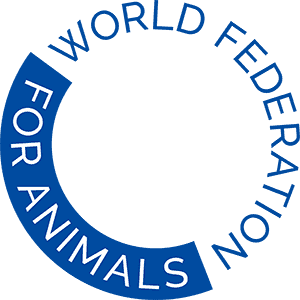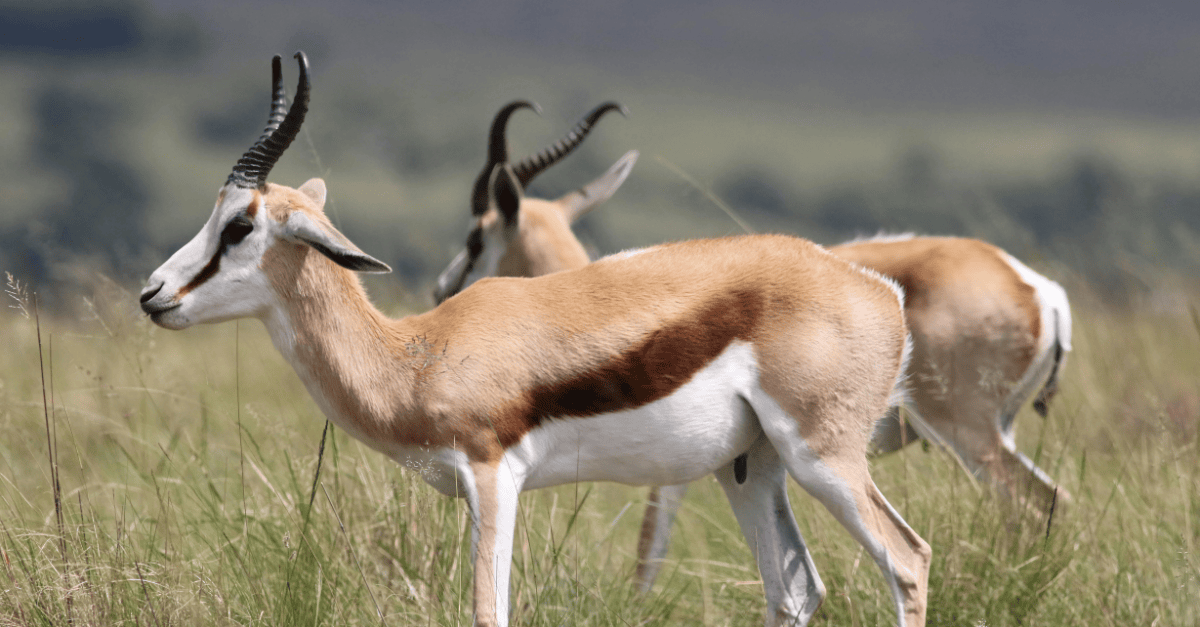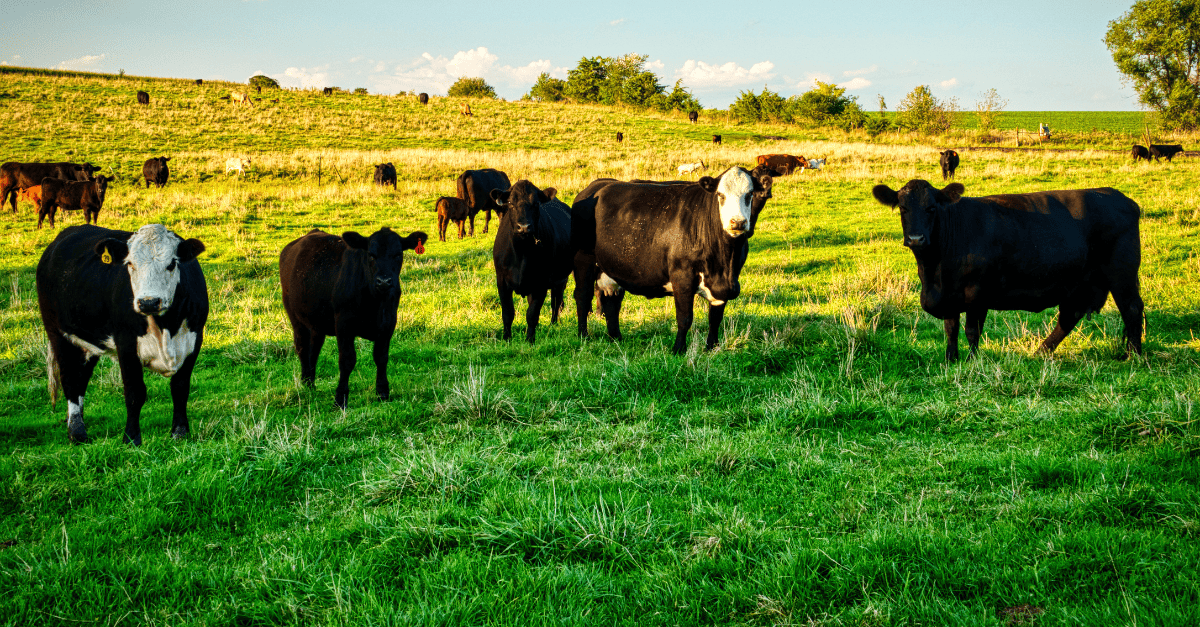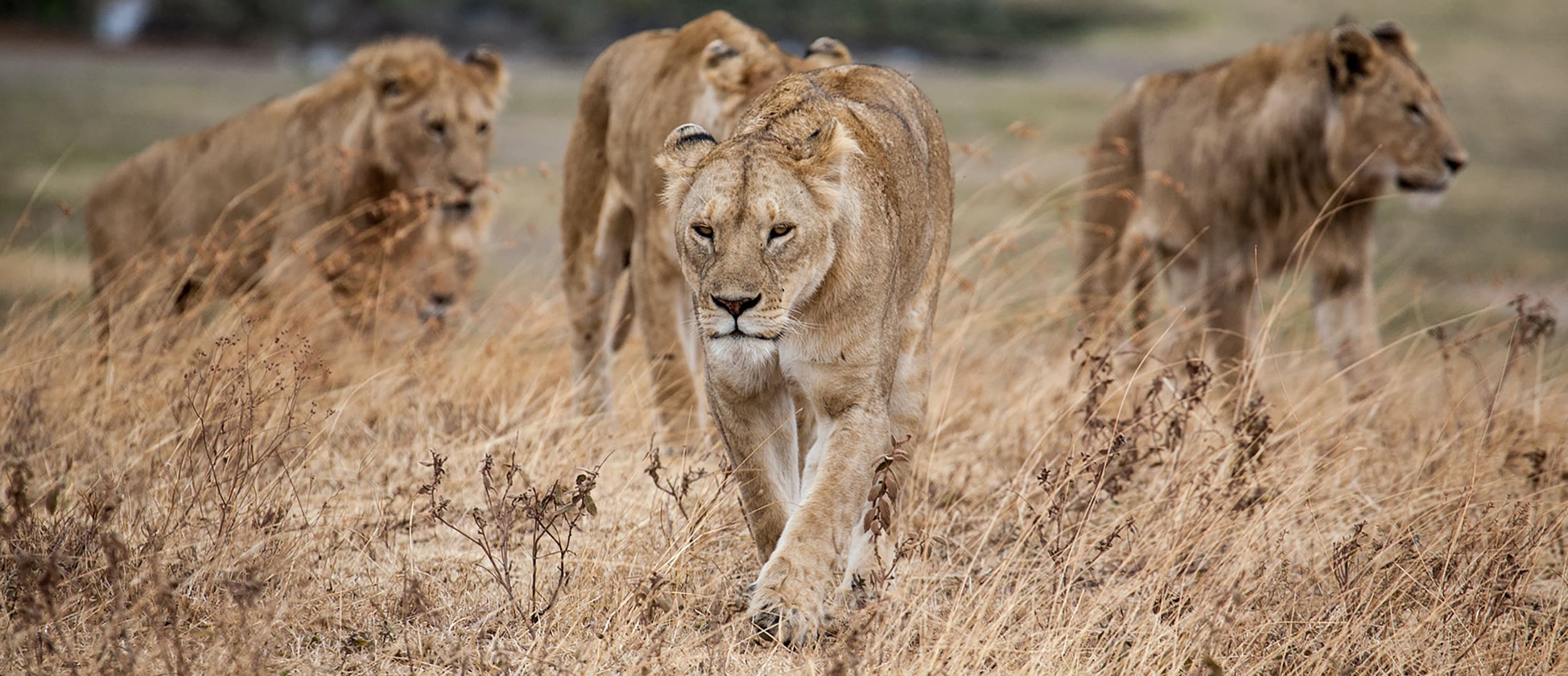Earlier this month, representatives of countries from around the world gathered in New York for the annual review of the sustainable development agenda, the High-level Political Forum. In its closing, they adopted a final declaration that acknowledges the importance of animals well-being.
“We will promote the One Health approach and other holistic approaches to strengthen synergies between the health of people, animals, plants and ecosystems. We emphasize the importance of the One Health and other holistic approaches that deliver multiple benefits to the health and well-being of people, animals, plants and ecosystems, that would further strengthen the capacity to address biodiversity loss, prevent, prepare for and respond to the emergence of diseases, including zoonotic infections and future pandemics, and combat antimicrobial resistance.” Ministerial Declaration of the 2022 High-level Political Forum on Sustainable Development.
This paragraph is important. It not only references both One Health and animals, it also emphasizes their health and well-being, which is very welcomed. In contrast, the inclusion of both animals and One Health together in the 2021 Declaration was highly controversial.
Member States choose the language of these declarations strategically. Such acknowledgement sets therefore an important precedent to build on in future UN processes and resolutions.
The negative
At the same time, omission of certain topics or less preferable formulations can have the opposite effect and signal regressive shifts in member states positions. We have also seen this in the 2022 Ministerial Declaration. Its ambition regarding wildlife protection pales in comparison to previous declarations and resolutions.
The 2022 declaration makes no reference to poaching or trafficking, and in fact, it does not mention wildlife at all. This is in stark contrast to the actual SDG 15 which aims to end poaching and trafficking of protected species of flora and fauna. Member States choosing not to recall their commitment to protect wildlife and other living species, as they did in 2018 and 2021 respectively, is especially surprising given the likely origins of COVID-19, and points to possible sensitivities of some Member States to these issues. We worry that this can foreshadow the negotiations for the Global Biodiversity Framework, including on aspects related to the conservation and use of wildlife.
Ultimately, the 2022 Ministerial Declaration sets an important precedent by referencing, in essence, animal well-being. However, it also takes a step back in other aspects which animal protection organisations must monitor for in upcoming processes and negotiations.
Photo by Sven Becker on Unsplash
Background
- The 2022 High Level Political Forum (HLPF) concluded on 15th July, 2022.
- The HLPF is a review process on the implementation of the Sustainable Development Goals (SDGs). One of its key outcomes is a Ministerial Declaration, which presents a snapshot of the state of play across the world, with a specific eye on key current issues and the subset of SDGs under review that year.
- The World Federation for Animals advocated for a strong Ministerial Declaration through the Animal Issues Thematic Cluster (AITC) and the NGO Major Group.





